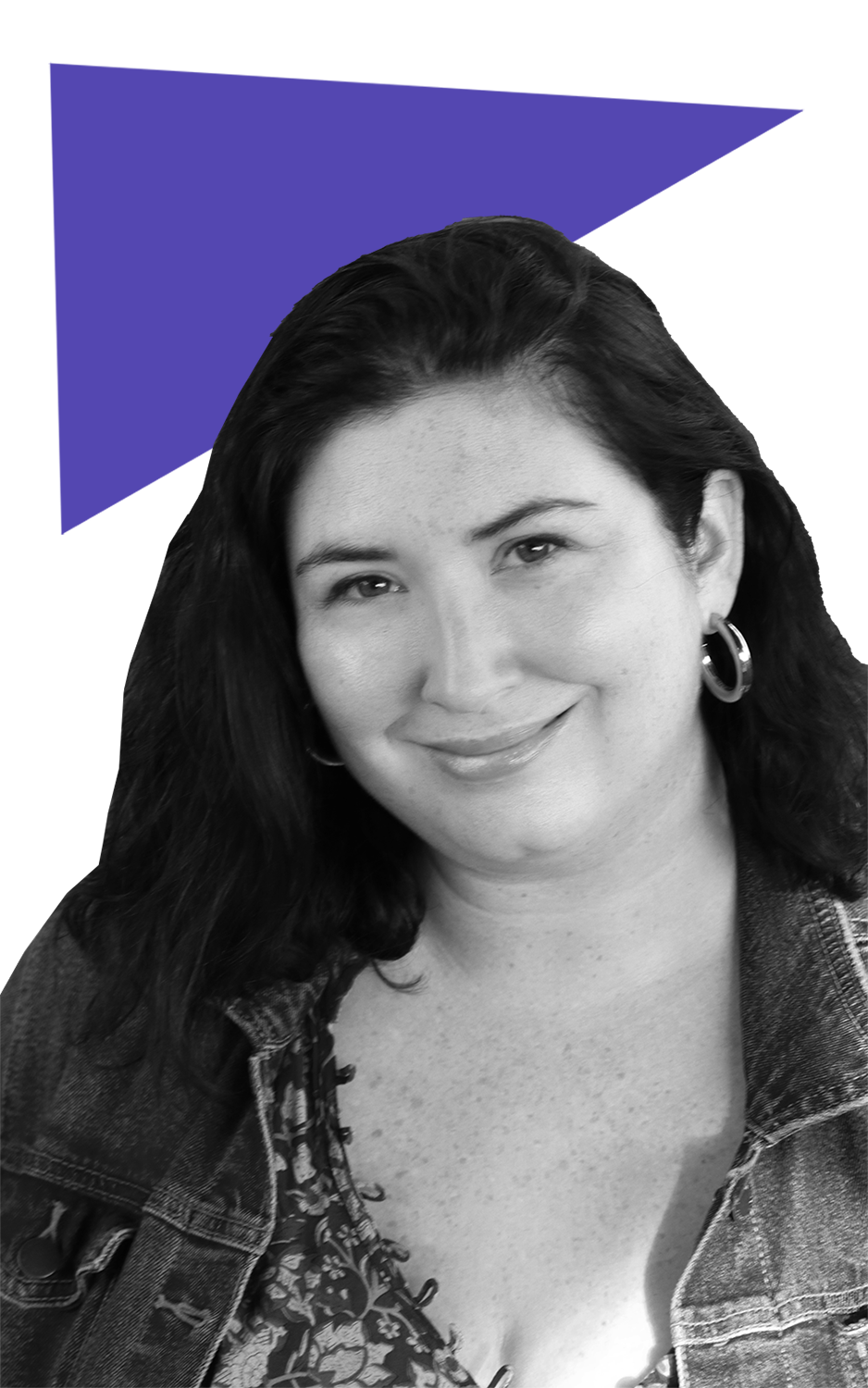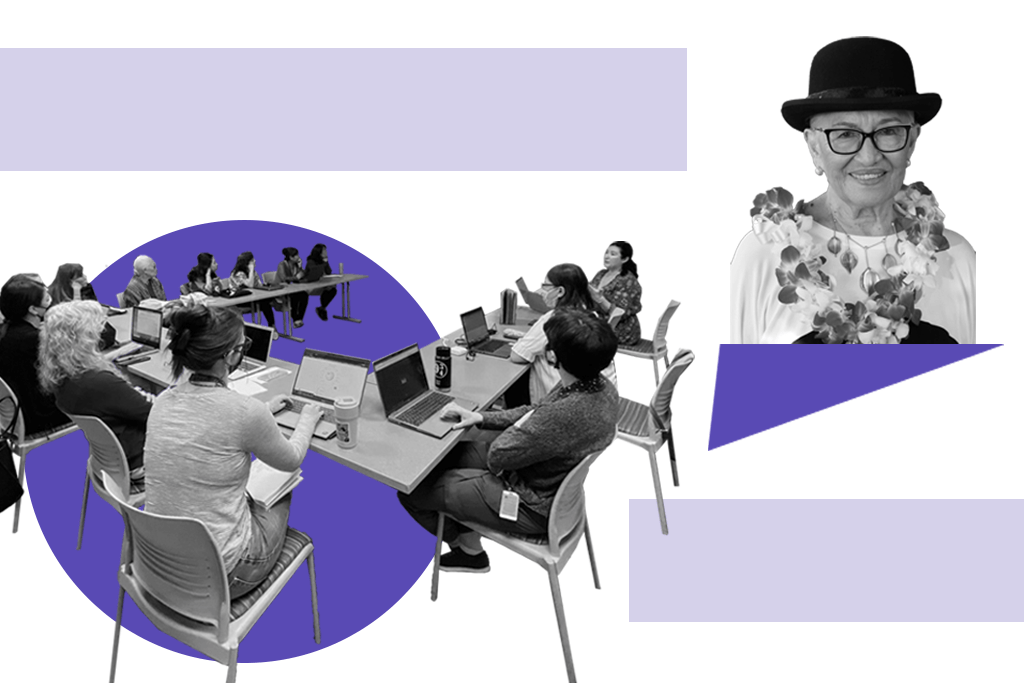It’s called the ‘great man theory‘: the idea that large swaths of human history can be explained by the actions of so-called great men.
These days, that theory has been resoundingly discredited—but popular history’s long reliance on it has contributed towards an imbalance of stories told about women in the history learned in schools and elsewhere.
The Smithsonian American Women’s History Museum (SAWHM) is rebalancing that narrative, bringing light to the major contributions women have made in the history of the United States. A physical museum will open within the next decade; for now, curators are looking to better showcase the women that are already part of the vast collections of the Smithsonian, the world’s largest museum, education, and research complex.
That work includes improving the discoverability of those Smithsonian collections and bringing them into spaces where the public already frequents. Basically, making them more accessible to more people.
. . .
Enter Wikipedia.
“Our goals are to make the history of American women knowable online, to share our collections and the accomplishments of women as far as possible,” SAWHM Open Knowledge Coordinator Kelly Doyle Kim told me.

Kelly Doyle Kim
![]()
For me, Wikipedia is the very best of the internet and a realized dream of the early internet days: community, crowdsourcing, and freely shared information. It allows for free access to millions of articles about thousands of topics, and therefore avenues to learn, interpret, and put those learnings into action.
Doyle Kim’s role at the Smithsonian sits squarely at the intersection of the museum’s collections, the history of women in the United States, and Wikipedia’s gender gap. As a result, the Smithsonian has brought all these aspects together to host events that have helped to address specific topic areas on Wikipedia. In total, their events have added over 1.7 million words, nearly 12,000 new citations to reliable sources, and nearly 1,500 new articles, all in addition to the attendees learning more about how they can make Wikipedia better.
Let’s take a look at one of those events. Last October, Doyle Kim worked with several other organizations for a Wikipedia edit-a-thon centered around Asian American and Pacific Islander women, nonbinary, third gender, and transgender people. By the end of the event, participants added over 20,000 words to Wikipedia spread across 69 total articles, including Momi Cazimero, the first woman to own a graphic design firm in Hawaii.
“We are writing women back into history in some cases by highlighting their legacies on Wikipedia; by surfacing the sources with the expert help of our curators and archives; and, in some instances, releasing images from our collections to make women’s stories both readable and seeable,” Doyle Kim says.
This matters: everyone can use a role model. As Marian Wright Edelman, the founder of the Children’s Defense Fund has said about the under-representation of women in prominent positions, “you can’t be what you can’t see.”
. . .
Within the Smithsonian, Doyle Kim and Wikimedian-at-Large Andrew Lih have designed a Wikipedia training course that all new SAWHM interns undergo. “This gives all interns in any discipline or topic a basic working knowledge of Wikipedia and wider Wikimedia projects, and an understanding of why they matter in making the collections in galleries, libraries, archives, and museums more accessible to the public. It also allows them to understand how they can contribute to or be aware of the knowledge gaps on these projects,” Doyle Kim told me.
Furthermore, those SAWHM-funded paid summer internships have and will help the museum pilot new ideas for linking their work with the public through Wikimedia projects. One such intern, Mia Cariello, has now been hired to a part-time position with the SAWHM to focus on Asian-American and Pacific Islander gaps on Wikipedia. You can read more about her work on Diff, our companion website that collates news and activities from across the Wikimedia movement.
“I’m excited to teach a new generation of women, women who have grown up never knowing a world without Wikipedia, how to engage on the site and in some cases, create careers out of digital and open spaces,” Doyle Kim says.
. . .
Does the content on Wikipedia reflect the world’s diversity?
Every day, volunteers all over the world—like the ones featured on this blog—work on knowledge equity initiatives to help close knowledge gaps. Want to understand why this work matters? Watch this video, part of our A Wiki Minute series, to learn more.
. . .
This blog is part of Open the Knowledge: Stories, a series which features volunteers from the Wikimedia movement who are helping the world truly find the sum of all human knowledge on Wikimedia projects. If you want to know more about what knowledge equity is, why it matters, and how you can help us achieve it, join us at Open the Knowledge.
. . .
Ed Erhart is a Communications Specialist at the Wikimedia Foundation.

